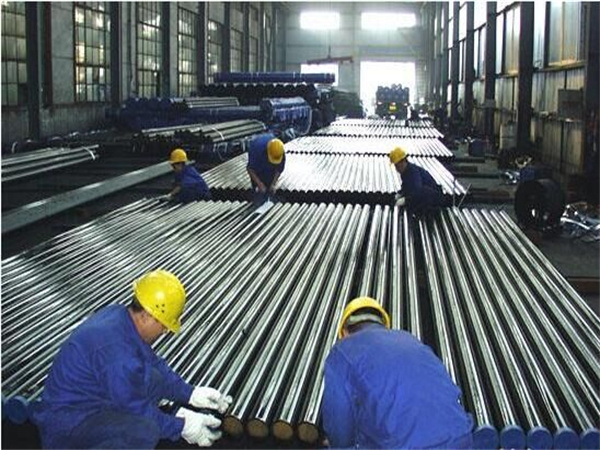Fortunately, with development and new technologies, various processes for manufacturing stainless steel tubes and pipes have been formed Stainless steel tubes and tubes are now manufactured by continuous tube mills using tungsten inert gas. No filler metal or forge welding process is used in this technique.
Stainless steel pipe production process
